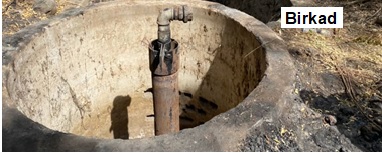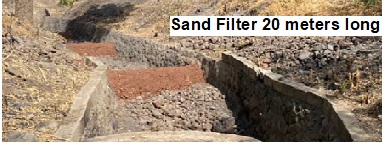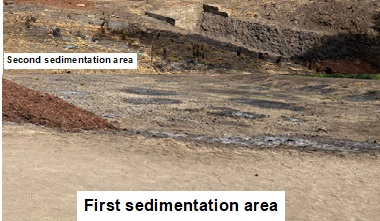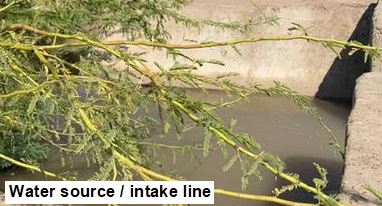OUR ACHIVEMENTS
Our Achievements
ESAP2
In 2013, OSD has won two years project on Ethiopia Social Accountability Program Phase 2 (ESAP2) and started the implementation on agriculture and rural road sectors in Tigray region. The fund is from World Bank (Multi Trust Fund). The objective of the program was to improve the quality of the sectors through continuous monitoring and evaluation by the service users & service providers so that quality service is rendered. The project gave an opportunity to identify the gap in the sector. While OSD was implementing this project, identified the big degradation in lake Ashenge. OSD prepared proposal to conserve the lake and submitted to France Embassy at the same time.
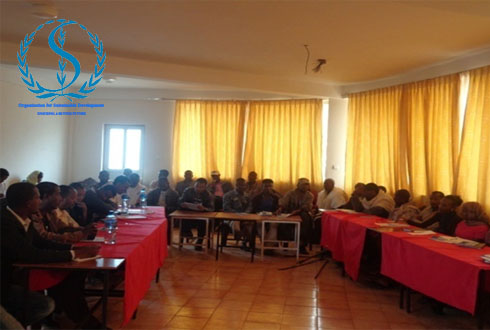
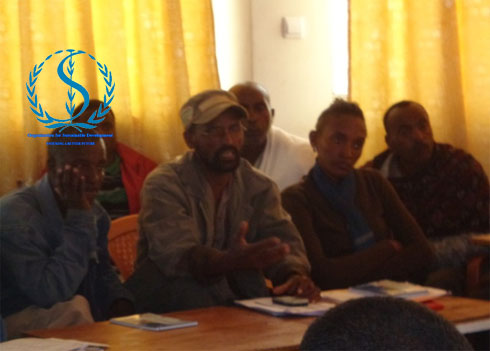
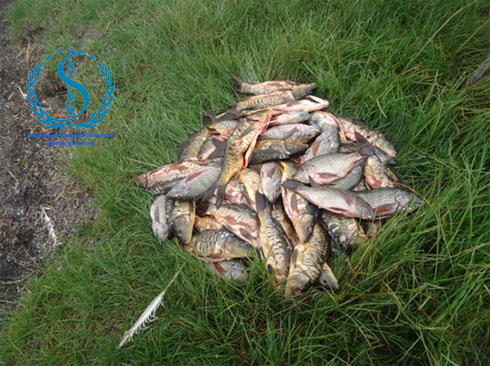
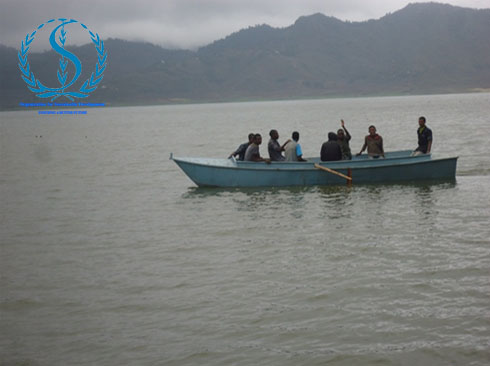
ENVIRONMENTAL PROTECTION-UNHCR FUNDED PROJECT
OSD has also committed with UNHCR to implement environmental protection program since 2014 in the refugee camps and currently it has good track record in making green, the dry areas. We conducted inventory up to end of 2018 and 240,000 drought resistance species of tree survived inside the refugee camps and the surrounding host community yard and road sides.
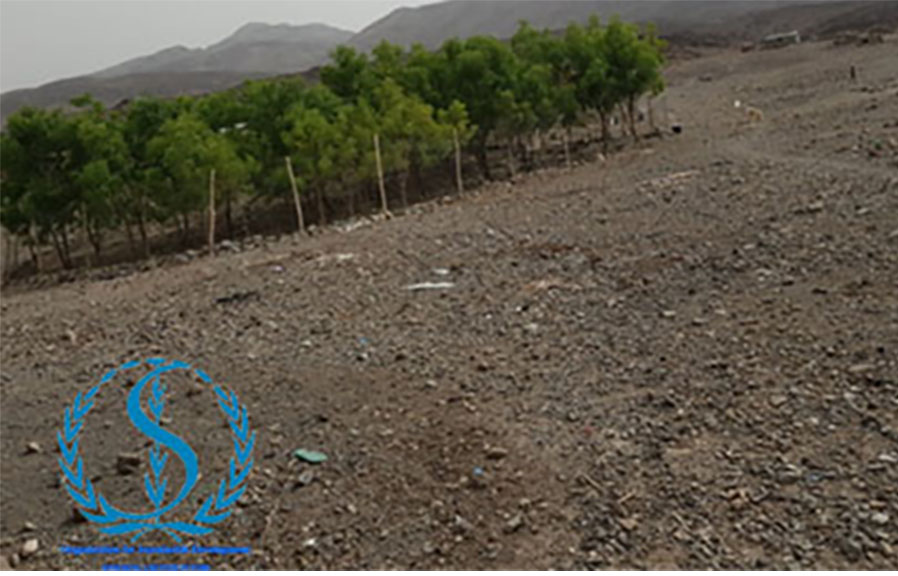
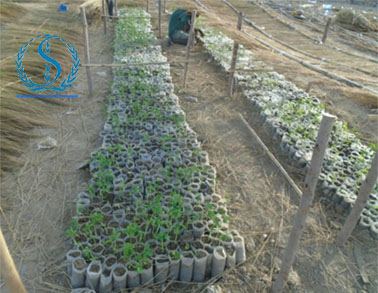
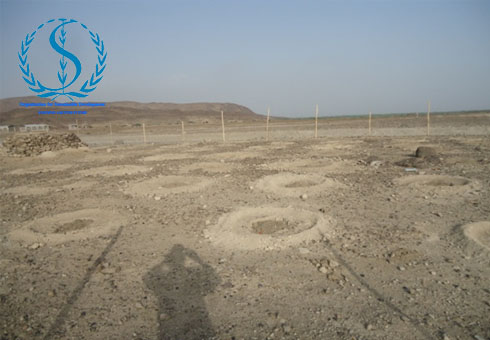
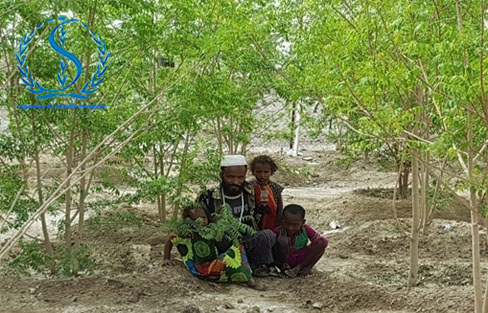
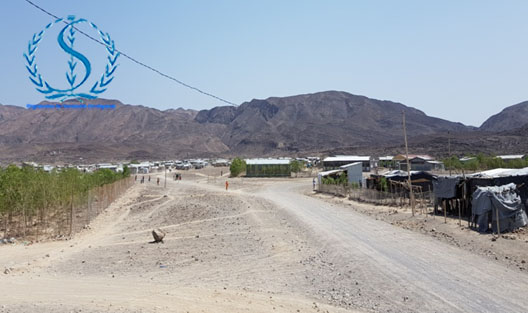
In 2017 OSD with the fund from WFP erected 6.5 km length irrigation water from Awash River to the Aysaita camp plantation. The erected HDPE line was still serving for watering the trees in the camp.
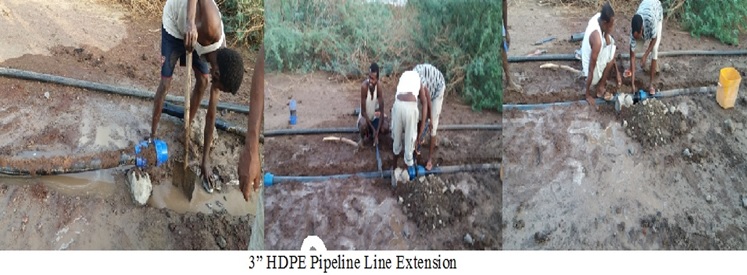


Emergency response to conflict affected communities of Yalo and Gulina woredas in Afar region
OSD with the financial support from DKH amounting to about 437,370 EURO for two years; is implementing two projects namely: Conflict affected households increase economic activities leading to better resilience, reintegration and reduction of conflict in the targeted area of Tigray and border area of Afar and Emergency Support project to displaced people from the Tigray Conflict in Afar. This emmergency response tailored with developemnt, safe gurading and livelihood has benefited over 210 hhs in food assistnce alone in its first year programmimg. The second phase of the project entitled Emergency Support for Internally Displaced People Due to Conflict in North Ethiopia Afar Regional State Kilbeti Rusu Zone, Guyah IDP and Serdo refugee sites has already been launched with the expectaions to create more self-reliant beneficiaries and less aid dependent individulas


WASH & Relief Programs
- Access to clean water, hygiene and sanitation are critical in many parts of Ethiopia, but worse in the northern part of the country where recurrent drought, chronic poverty, excessive land degradation is rampant. In many parts of Tigray region in Woredas (districts) such as in Kilte’awul’eloin particular, access to clean water, acquiring basic services including toilet facilitates, hygiene and sanitation services are by far limited, if not nil. OSD responded to these direly needed services by accomplishing Water Sanitation and Hygiene (WASH) project in Kilte’awul’elo district of Tigray by creating four hand dug-wells, expanding toilet facilities and creating mass awareness on basic hygiene and protection following “prevention is better than cure” principles in 2012.These services benefited over 250 HHs and the activities are also carried forward by the community until now ensuring the spill over of technology transfer among and between the communities, accessing clean potable water being the measure.

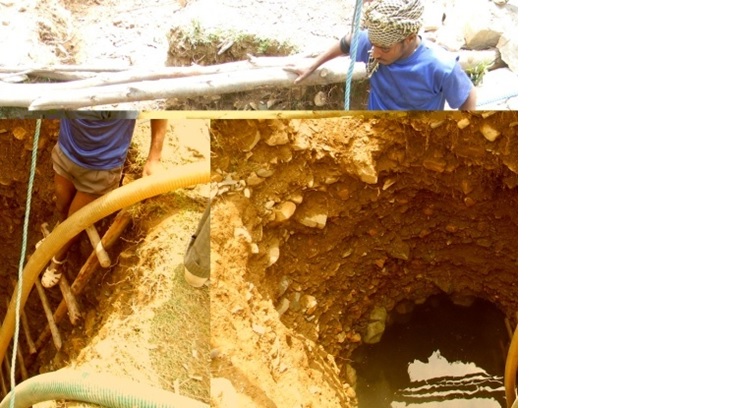
- Since 2015 OSD in collaboration with TIKA, the Turkish Dianet Foundation, distributes emergency food aid for all refugee HHs(3000 HHs= 15,000 beneficiaries) twice every year.
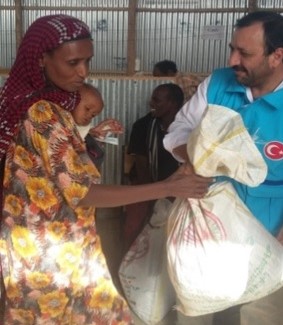
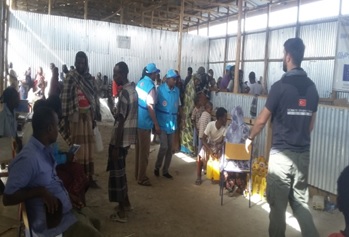
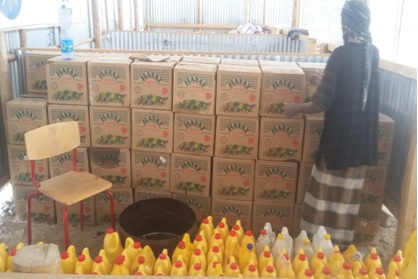
Sustainable access to COOKING ENERGY (UNHCR)
In 2017 OSD implemented briquette production factory from prosopis tree branches in Aysaita area by organizing 30 host community unemployed youth’s as cooperative by the fund from DKH. The briquette produced is purchased by UNHCR fund and distributed to refugees in the camps to solve the cooking energyproblem. Production and distribution of briquettes to refugees is a regular continuous activity throughout the life of the factory as business generating enterprise.In 2019 the project has 1000 HHs direct beneficiaries and it will support additional 500 HHs every year in the refugee camps.
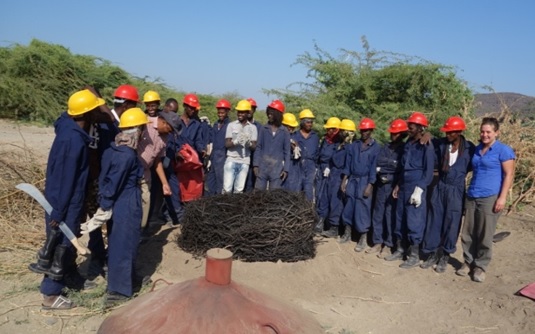
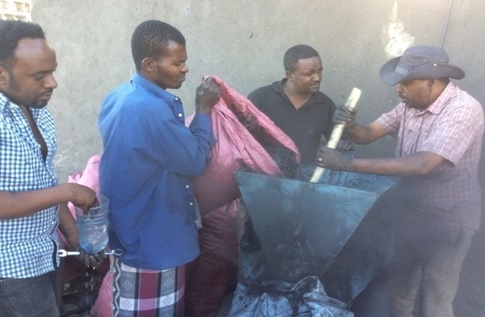
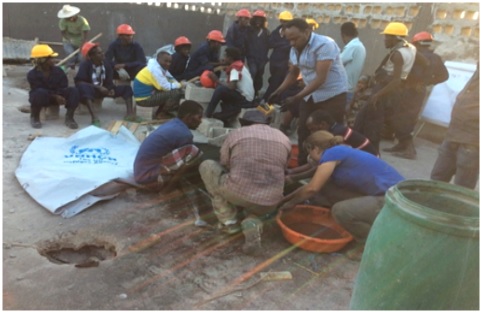
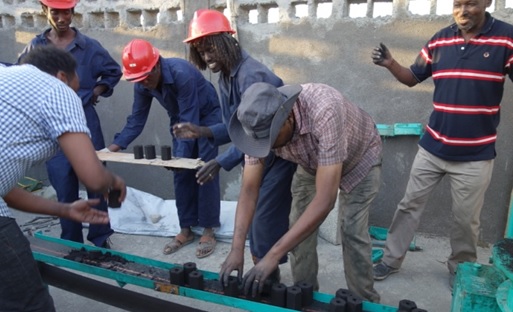
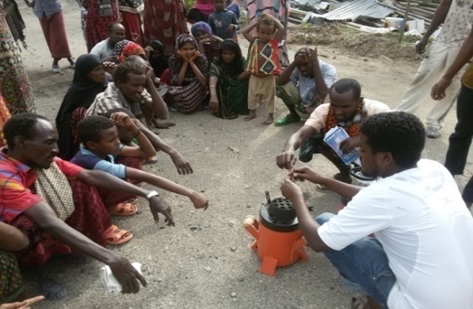
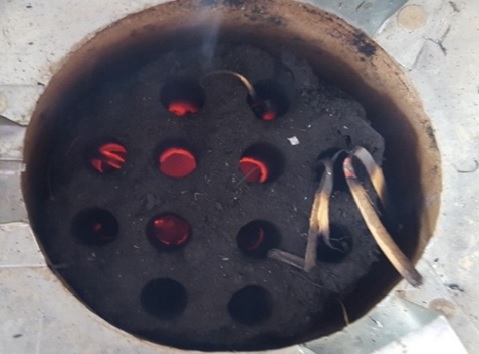
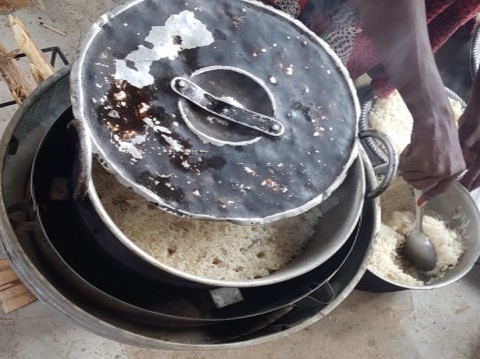
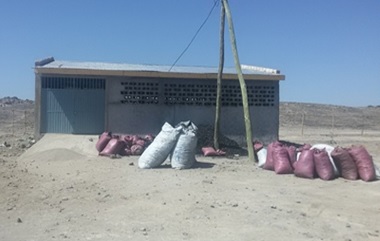
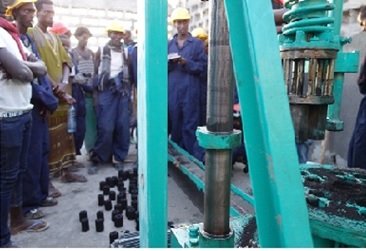

In 2018 OSD expanding its supply of safe cooking energy, constructed 3 communal kitchens from electricity for refugees communal cooking use in the refugee camps (1Aysita & 2 Berhale).The project was funded by UNHCR. This project benefited 1000 members of the refugee community.
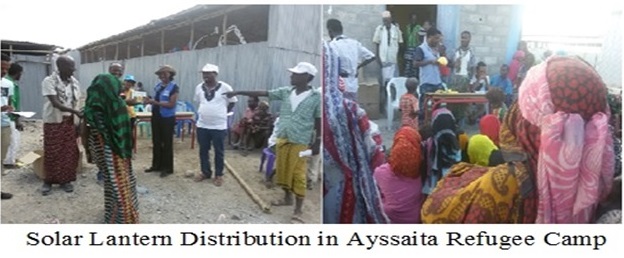
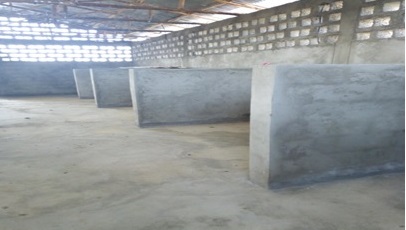
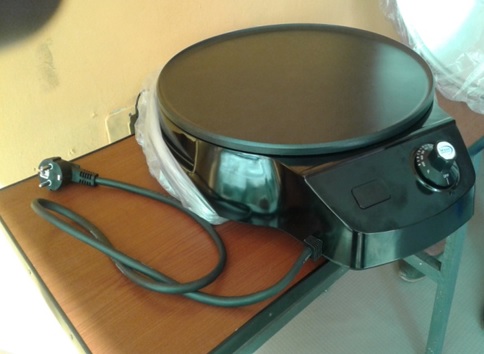
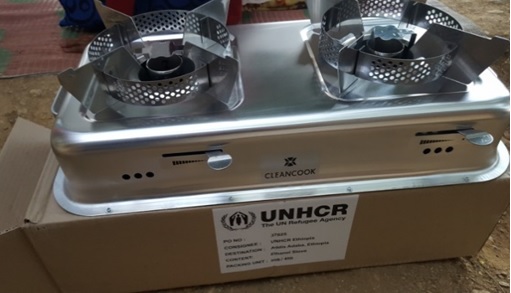
In 2017 OSD distributed more than 3000 solar lamps for refugees, that helps for lighting during the night and for other puposes like mobile charging. The supply was funded by UNHCR. The project benefited 15, 000 members of the refugee community.
Access to COOKING fuel support to IDPs and Refugees in Serdo camps Afar Region (DKH assisted Project)
In 2022 OSD distributed 350 briquettee stoves (150 stoves to internally Displaced people (IDPs) in Gulina and Yalo Wroredas) and 200 stoves for refugees in Serdo site displaced from Berhale refugees camp) in response to the humanitarian coocking fuel crsis and to contrrubte to protection against and incudental deforestation. OSD distributed not only the stoves but also over 50,000 briquettes to the beneficairires who owned the stoves
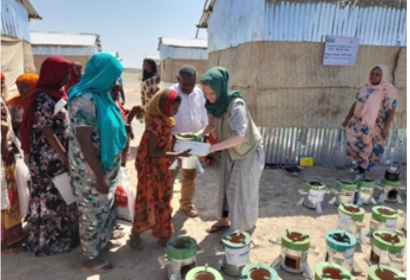
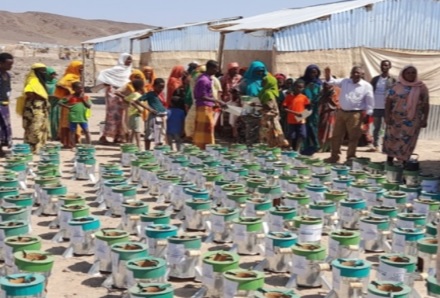
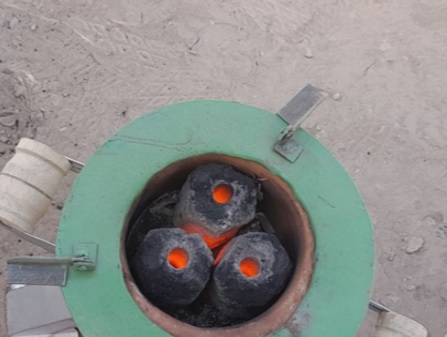
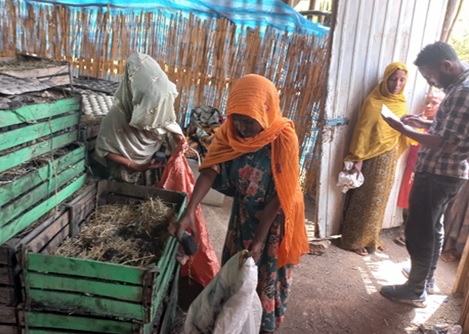
LIVELIHHOODS PROJECTS (WFP & DKH FUNDED)
Refugees’ livelihood improvement through green job supported by WFP. OSD introduced the technology called Multi Storey Gardening (MSG) where the communities living in the desert, where no fertile soil for agriculture can produce own vegetable using sacks. OSD reached 1600 households (8000 beneficiaries) who developed own kitchen garden in their backyards since 2014.



In 2017/2018 OSD implemented the project called Enhanced Resilience of Eritrean Afar refugees through Livelihood development (vegetable production) in collaboration with DKH in both Aysaita and Barahle camps that benefited 600 Refugee HHs which is 3000 beneficiaries.
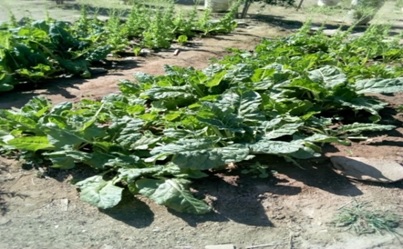
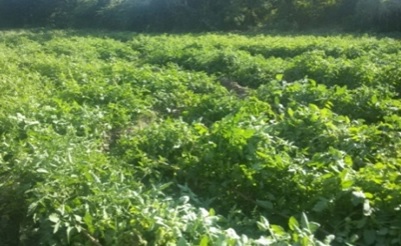
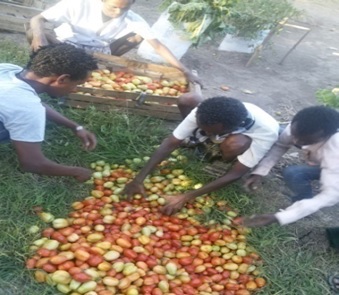
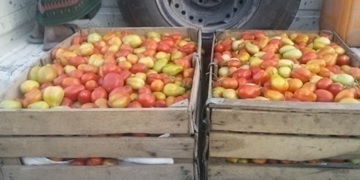
In 2018/2019 OSD is implementing the livelihood project called "Refugees livelihoods diversification programe in collaboration with WFP in both Aysaita and Barahle Woredas refugee & host communities benefiting 660 HHs or 3300 Beneficiaries from both host refugees.



Emergency Response to Flood in Garani woreda, Afar Region, Ethiopia
Accordingly, OSD is implementing the water trucking in Megenta kebele of Garani woreda in Afar region. Recently, a team from head office went to the project area to monitor the progress of water trucking and Birkad rehabilitation project in the kebele.
1. The water trucking: We met the water management team and beneficiaries of the water trucking for a discussion. We found that the project has created a paramount importance as a temporary measure to provide water to the beneficiaries. Beneficiaries appreciated OSD’s and DKH’s urgent responds to the emergency of water access as communities residing the kebele are in need of water trucking in the initial stage.
Five hundred twenty households are receiving forty litters of water per household. The water trucking is made from Logia public water sources which is 53 Km from Maganta Kebele.
The beneficiary households use aqua tabs to treat the water before using for drinking purpose.
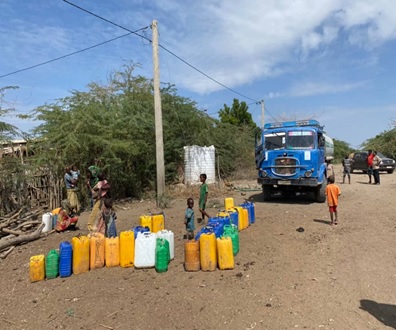
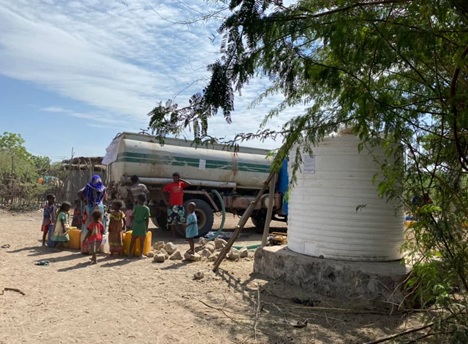
2. Pond/Birkad rehabilitation:- The Birkad rehabilitated in Megenta Keble is a little bit different from the previous one in
Geega kebele. We have observed the following parts until the clean water found out.
A. Water source / intake line: it is Awash river flowing through a cannel for the purpose of irrigation and sink in to Lake Abi.
B. First sedimentation area: It is a wide and pool shape area which the firs water coming from the intake line and being collected. It is physical water treatment process using gravity to remove suspended solids from water (it is the act of depositing sediments).
C. Second sedimentation area: It is the place where the water comes from the first sedimentation area. Here the water is cleaner than the first one.
D. Sand Filter20 meterslong filled with filter media (sand ) that allows water to pass under drain system through filter box/hole/
E. Filter box/ Hole: that is connected with the sand filter line which can be opened and closed with a metal sheet.
F. Birkad. After the above process the water passes through the hole of the birkad (reservoir). The Birkad has a capacity of volume twenty cubic meter.
The water structure in Megenta Kebele has been constructed before forty five years by because of a big irrigation cotton farm at that time. The communities used the water until recent year since then. The area was covered by the invasive tree Prosopies Juliflora
This Birkad rehabilitation is very crucial and different from the usual Birkad as it ensures sustainability. The usual Birkad is used for distribution of water still using water trucking far from community’s resident area.
